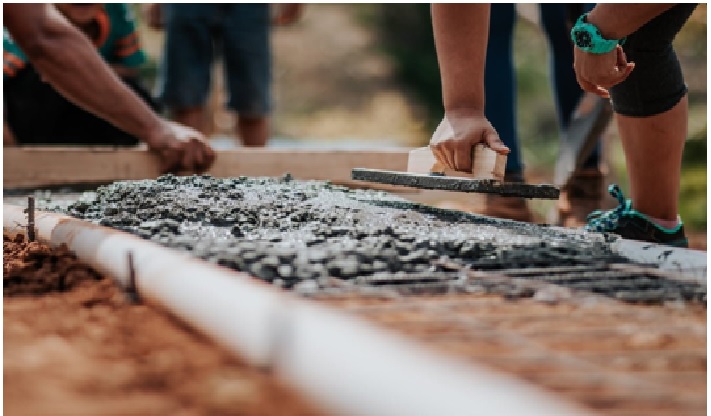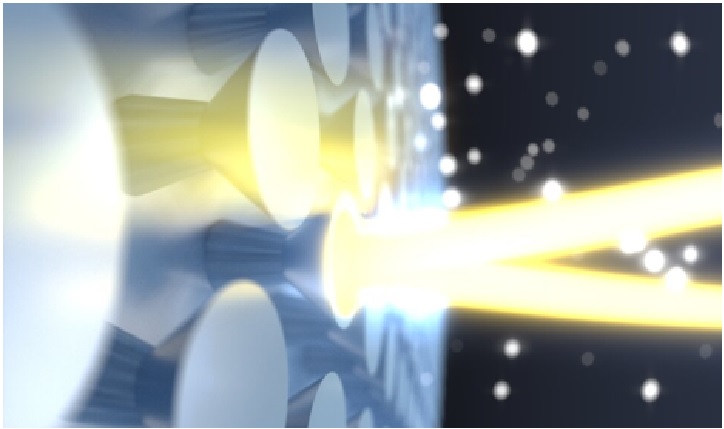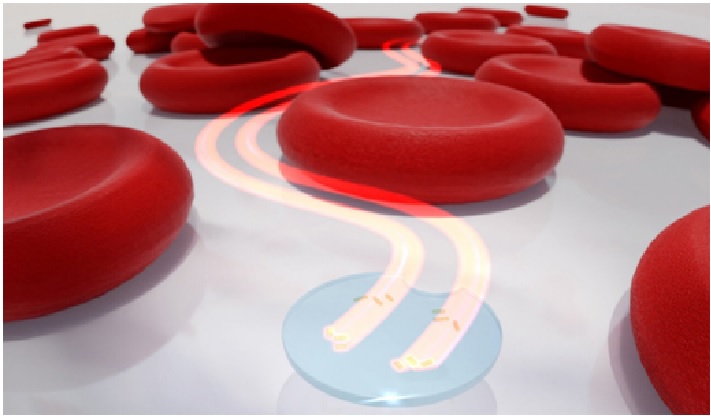Scientists Convert Industrial Carbide Sludge and Urea from Mammalian Urine into Environment-Friendly Cement
Scientists at Nanyang Technological University in Singapore (NTU Singapore) have discovered a way to make biocement from trash, making it a greener and more sustainable alternative to ordinary cement. Biocement is a type of renewable cement that binds soil into a solid block by using bacteria to induce a hardening reaction. Biocement has now been made by NTU scientists using two common waste materials — industrial carbide sludge and urea (from mammalian urine). They invented a method for creating a hard solid, or precipitate, in industrial carbide sludge by combining urea with calcium ions. [1]

Figure 1. The Scientists Convert Industrial Carbide Sludge and Urea from Mammalian Urine into Environment-Friendly Cement
Figure 1 shows the precipitate binds soil particles collectively and fills gaps between them when this response happens in soil, leading to a compact mass of soil. This ends in a bio cement block that’s sturdy, long-lasting and impervious to water.
The researchers imagine that their biocement may be used to enhance the soil in a wide range of methods, together with hardening the bottom for building or excavation, limiting seashore erosion, minimising mud or wind erosion within the desert, and establishing freshwater reservoirs on seashores or within the desert. [2]
It can also be used as biogrout to seal cracks in rock for seepage control and even to touch up and repair monuments like rock carvings and statues. Biocement production is more environment-friendly than standard cement production processes. Prof Chu said that the burning of raw materials at very high temperatures exceeding 1,000 degrees Celsius to generate clinkers — the cement's binding agent – is one aspect of the cement-making process. This procedure emits a significant amount of carbon dioxide. Biocement, on the other hand, is made at room temperature without using any energy, making it a greener, less energy-intensive, and carbon-neutral process. [3]
According to the researchers, if the production of biocement can be scaled up to standard cement manufacturing levels, overall production costs will be reduced, making biocement a greener and cheaper alternative to cement. [4]
References:
- https://m.thelocalreport.in/scientists-convert-industrial-carbide-sludge-and-urea-from-mammalian-urine-into-environment-friendly-cement/
- https://fregk.com/scientists-convert-industrial-carbide-sludge-and-urea-from-mammalian-urine-into-environment-friendly-cement/
- https://gadgets360.com/science/news/cement-environment-friendly-industrial-carbide-sludge-urea-scientists-convert-3062616
- https://www.technologyshout.com/scientists-convert-industrial-carbide-sludge-and-urea-in-mammalian-urine-into-environmentally-friendly-cement/
Cite this article:
Thanusri swetha J (2022), Scientists Convert Industrial Carbide Sludge and Urea from Mammalian Urine into Environment-Friendly Cement, AnaTechMaz, pp.162















